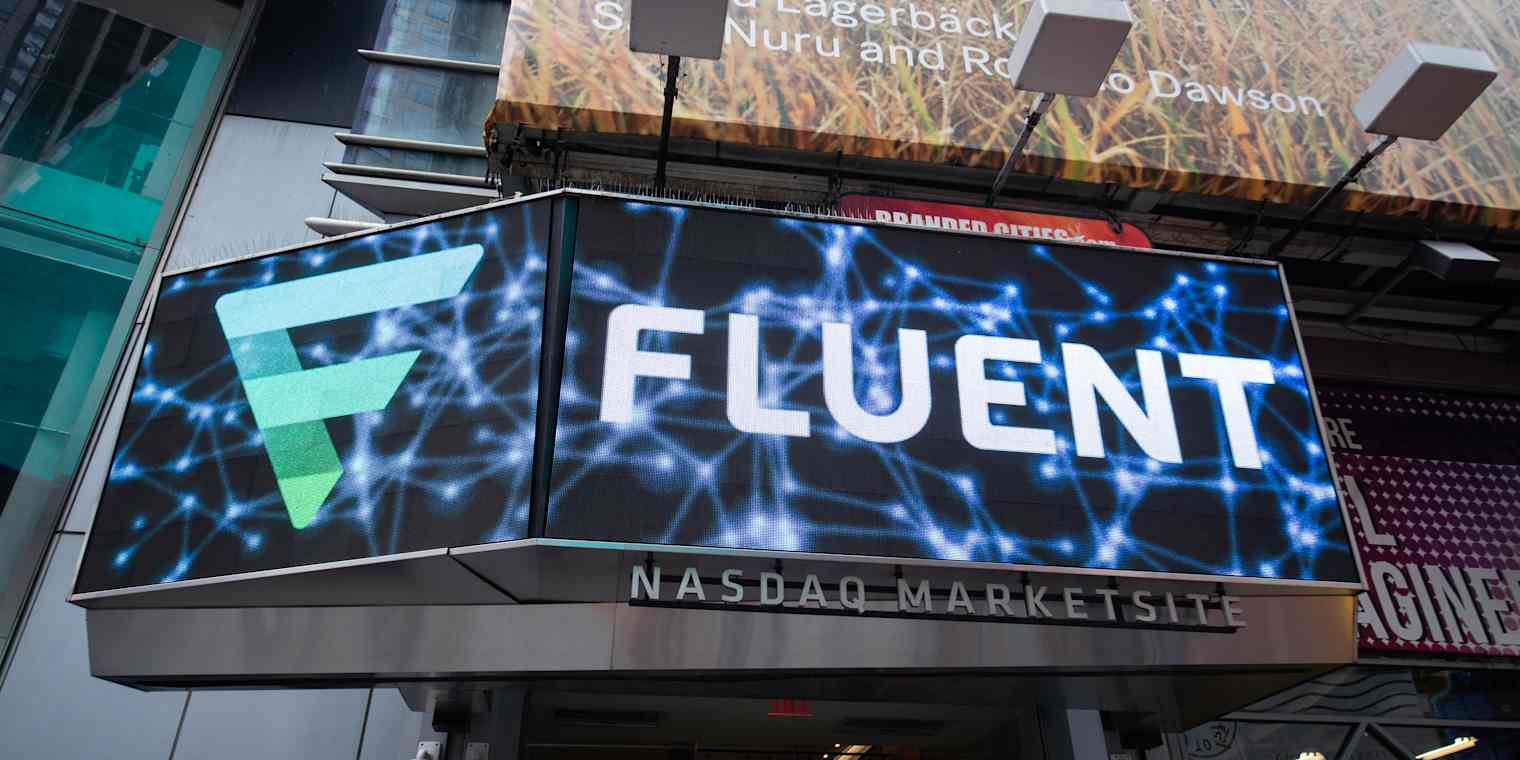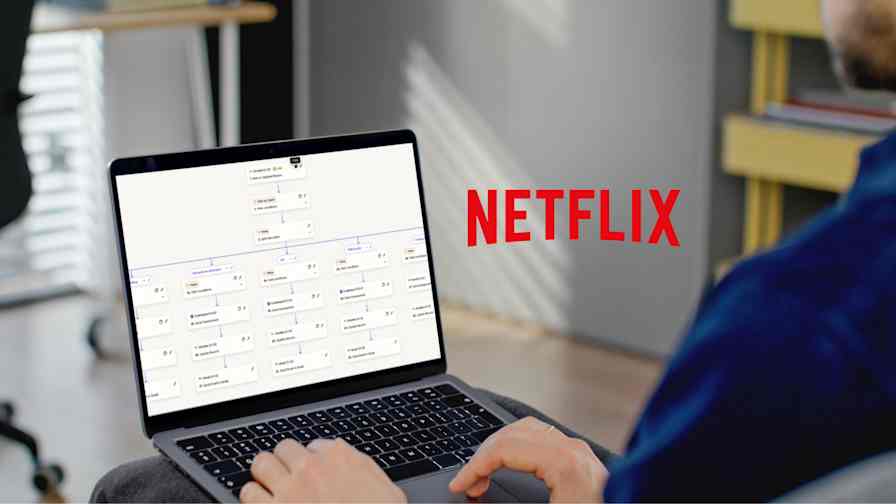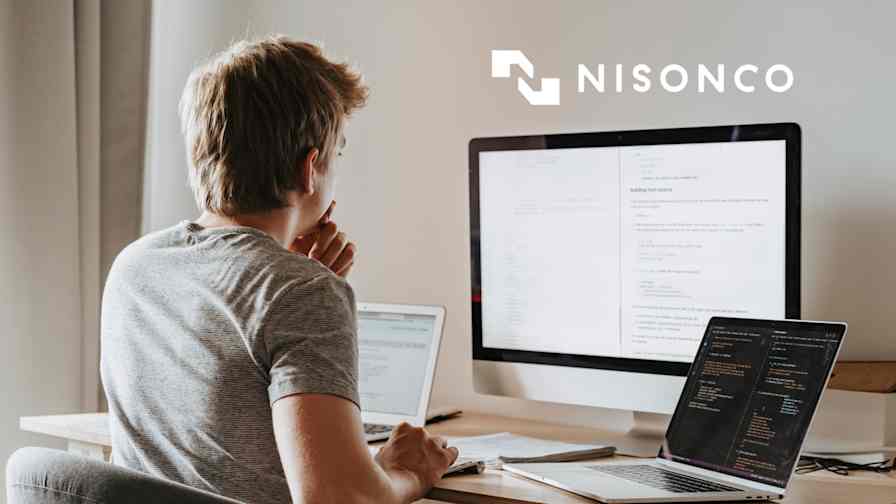As any business knows, most customer relationships start with intent. Whether that's intent to buy, download an app, or learn more about a brand, connecting the dots for consumers begins and ends with the right kind of targeted advertising.
Sean Cullen, the executive vice president of product for Fluent, knows this well. After all, it's what Fluent does: Helping brands acquire new customers with high lifetime value. Founded in 2010, Sean has been with the company ever since.
"When we started, the world was still focused on desktop, but our goal has remained the same: We want to simplify the way brands find new consumers."
Today, the NYC-based company has team members across the whole of North America and Europe, serving more than 500 clients (including Fortune 500 brands).
But targeting and identifying interested customers—and matching them to the right brands—is no easy feat. And that's why Sean uses automation to maximize the company's impact, specifically with the help of Zapier and Google Ads.
Using Google Ads and Zapier to optimize campaigns
Fluent works with subscription brands, streaming services, and game developers, helping them acquire new customers by surfacing content and promotional offers to those that fit the bill—based on their preferences and interests.
But to get more insight into which campaigns drive actual results, Fluent can't just depend on tracking online metrics (like lead submissions) because it doesn't give them the full picture of sales that end offline.
That's why Fluent also relies on one of Google Ads' major products: Offline Conversions Tracking. The advertising tool allows businesses to better track offline sales generated from Google ads and other conversions that happen offline, like phone calls, qualified leads, converted leads, and user lifetime value.
Tracking the offline conversions recorded in their internal systems meant exporting conversion information, reformatting it, and then uploading it to Google Ads.
"We desperately wanted to get more data into Google, but we weren't able to find a way to do so that fit our existing workflows," said Sean. "Then, I discovered that Zapier, an app I've loved and have used for years, had a connection that allowed us to set it up in just a couple hours."
By combining Google Ads with Zapier, Fluent shaves hours off this task by having this information sent straight to Google Ads.
They use a Zap to send internal business impact data to Google Ads using Webhooks by Zapier and a delay step. When new offline events are recorded in their systems, the webhooks catch them and deliver them straight into their Google Ads account. This allows Fluent to see which ads are working best (e.g. which ones drive qualified leads and decrease cost per converted leads) and use that information to optimize campaigns.
"We use Google Ads to feed offline conversion data from our internal platforms into our Google account. Prior to this setup, we were more limited in our ability to buy off Google."
Just click on the Zap template—our premade workflows—to give their setup a try.
Generate Google Ads offline conversions with newly-caught hooks
Automating the small stuff to focus on bigger things
Sean says that Zapier has also provided a lot of benefits to non-technical teams at Fluent, like their marketing department:
"Integrating apps and setting up workflows is always a challenge, especially when you're not completely sure what will be the ideal setup. Zapier allows us to quickly launch a proof of concept and refine it to better fit our business as we learn more."
Zapier has directly affected their marketing efforts, allowing them to leverage deeper performance data in Google. This gives Sean extra time for other responsibilities. For example, he spends the extra time on his hands optimizing the company's media buying through new targeting and creative strategies.
(That, and relax poolside, which we don't blame him one bit for.)









